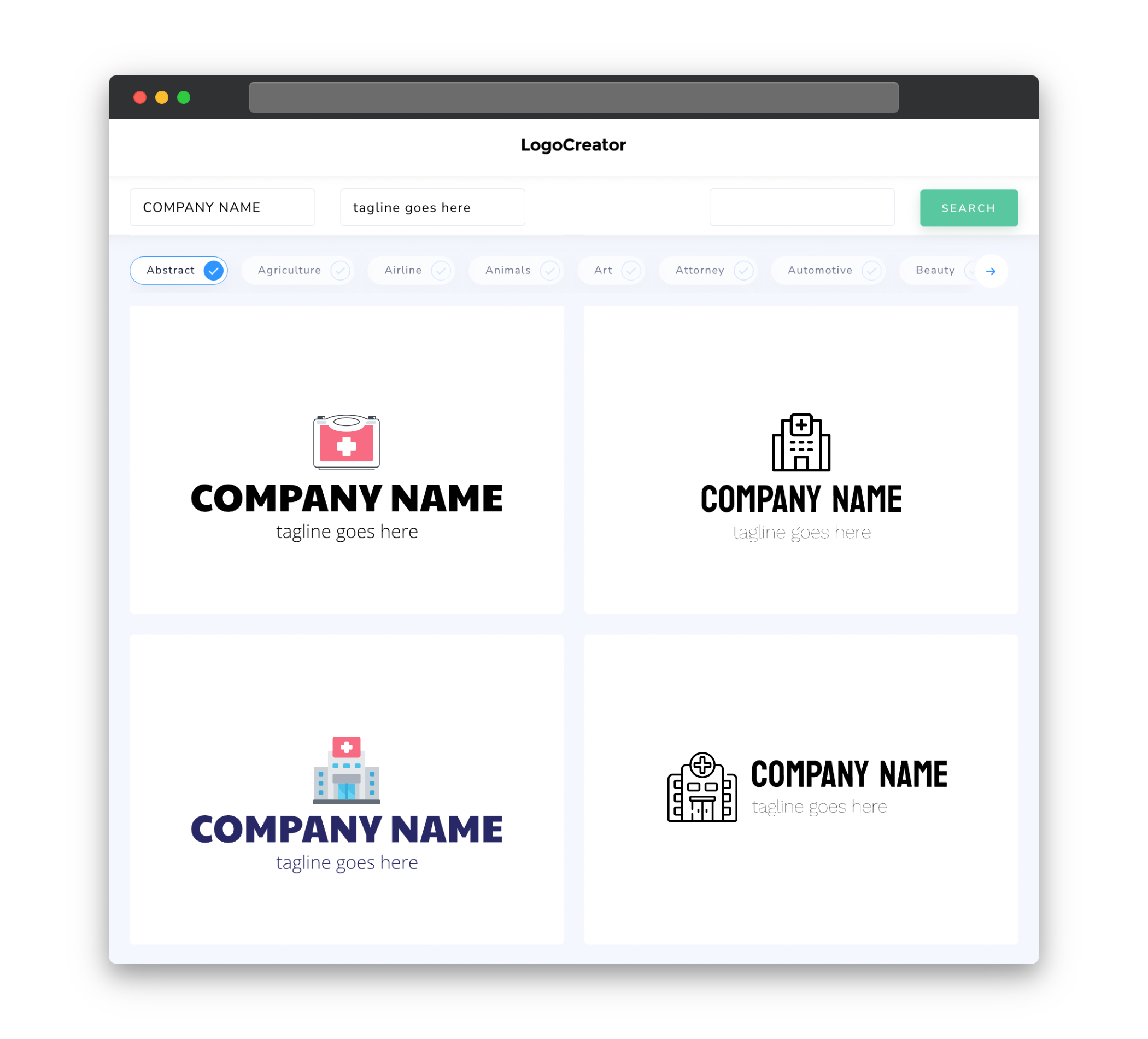Audience
When designing a hospital logo, it is crucial to consider your target audience. You want your logo to resonate with patients, healthcare professionals, and the wider community. The logo should instill trust and confidence in the hospital’s services and evoke a sense of care and compassion. A well-designed hospital logo can help establish a positive brand image and make a lasting impression on potential patients and stakeholders.
Icons
Icons play a vital role in hospital logos as they can effectively convey the essence of healthcare. Incorporating medical symbols, such as stethoscopes, hearts, or crosses, can instantly communicate the hospital’s specialization or services. Simplicity is key when choosing icons for your hospital logo. Opt for clean lines and recognizable shapes that can be easily understood at a glance. Remember that the primary purpose of the icon is to reinforce the hospital’s brand identity and create a memorable visual representation.
Color
Color selection is crucial when designing a hospital logo. Different colors evoke different emotions and associations, so it is important to choose colors that align with the hospital’s values and mission. For a hospital logo, it is often best to stick to a clean and calming color palette. Blues and greens are commonly used in healthcare logos as they represent trust, tranquility, and growth. These colors can help create a sense of stability, reliability, and well-being, which are important qualities to convey in a hospital’s brand identity.
Fonts
When it comes to font selection for a hospital logo, simplicity and clarity are key. Clear and legible fonts will ensure that the hospital’s name or tagline is easily readable, even at smaller sizes. Sans-serif fonts, such as Arial or Helvetica, are often preferred for their clean and modern appearance. These fonts exude professionalism and can convey a sense of reliability and efficiency. Additionally, it is important to consider the overall feel of the hospital’s brand when selecting a font. A more traditional and elegant hospital may benefit from serif fonts like Times New Roman or Garamond, while a contemporary and innovative hospital may opt for more modern fonts like Futura or Montserrat.
Layout
The layout of a hospital logo should be simple and well-balanced. It should effectively convey the hospital’s name or initials, while also incorporating any relevant icons or symbols. It is important to find a balance between the various elements to create a visually appealing and cohesive logo. Consider how the different elements interact with each other, ensuring that they do not compete for attention or appear cluttered. A clean and uncluttered layout will enhance the logo’s readability and allow for versatility in its application across various marketing materials and platforms.
Usage
A hospital logo serves as the foundation of the hospital’s brand identity, making its usage across various materials and platforms of utmost importance. The logo should be scalable and adaptable to different sizes and formats without losing its clarity or impact. Whether it is used on stationery, signage, uniforms, or digital platforms, the logo should always reflect the hospital’s professionalism and commitment to providing quality healthcare. It is essential to provide clear guidelines and specifications on how and where the logo should be used to ensure consistent and effective branding.



